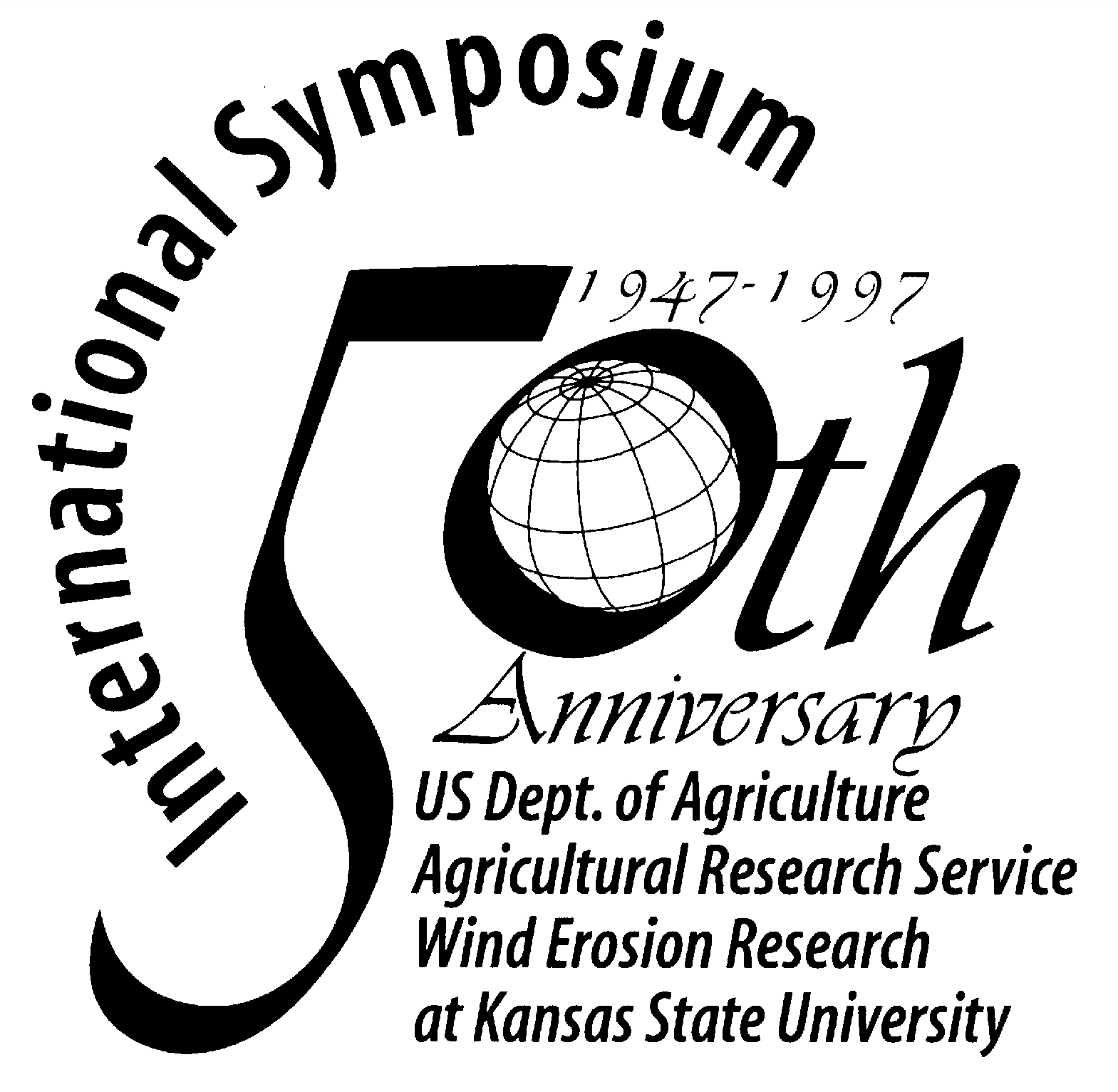|


| |
|
Roger Funk and Monika Frielinghaus
Abstract
The objective of this study was to investigate the
dynamic of soil surface processes caused by precipitation and related to the actual
erodibility of sandy soils. The selected features of a soil to describe these surface
changes were: amount of loose erodible material (LEM), crust strength, crust stability and
soil surface moisture. The erodibility of 10 sandy soils was investigated under the aspect
of short time changes. The soils were loaded with rainfall of 550, 1100 and 1650 J/mē
(20, 40 and 60 mm). After drying the LEM was collected with a vacuum system and the
particle size distribution of the LEM compared with the original soil. A dependence of the
amount of LEM on the content of medium and fine sand of the soil as well as the kinetic
energy of the rain was calculated. The crust strength was estimated by penetration
measurements. Crust strength can be derived from the normal force of the cone resistance.
In wind tunnel experiments the abrasion of artificial aggregates was investigated. The
decrease of volume in dependence on the stress and the sand content was calculated. In
special experiments the changes of soil surface moisture were measured with an
IR-Reflexion Photometer and compared with the profiles of water content in 3, 6 and 12 cm
depth. The changes in soil surface water content were compared with the cumulated
potential evaporation (PET). The water content in a depth of 3 cm can be > 15 %,
thereas the soil surface is dry and susceptible to wind erosion. |
|




